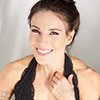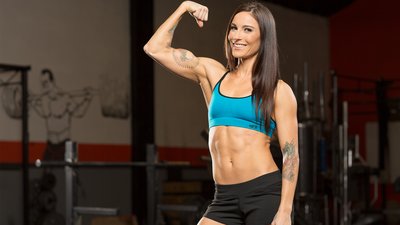It's no secret most people exercise because they want to look better—and there's nothing wrong with that! Having an aesthetics-based goal helps keep you on track in your fitness journey.
But somewhere along the way, all that perfectionistic fine-tuning can take a turn for the worse.
During my transition from amateur bikini competitor to IFBB pro, I pushed myself to chase an impeccable physical aesthetic—the only choice I had if I wanted to win. This meant significantly altering my training style to achieve very precise results.
Unfortunately, my unbalanced and unsustainable approach left me miserable and injured.
I've since learned from my mistakes and developed a few tips to help you avoid injury and stay focused by adopting a balanced approach for sustainable results.
Don't Skip Muscle Groups
Unless you're skipping one due to injury, include all muscle groups, large and small, in your training plan.
You don't necessarily need to devote an entire session to a lower-priority muscle group, but you should find a way to hit every major and minor muscle group in your program.
There's no muscle group in your body that doesn't perform some function. You may not think something's important aesthetically, but leaving a muscle untrained for a period of time is a recipe for disaster, in the form of an injury, down the road.
Don't Skip Chest Day!
It's not uncommon for us girls to get a bit glute-centric in our workouts, skipping other body parts like chest and arms in favor of building a perfect butt.
But just because we don't want to build giant pecs doesn't mean we should skip chest day completely. Although push-ups and bench presses primarily work the pecs, smaller muscle groups, such shoulders and triceps, also become involved.
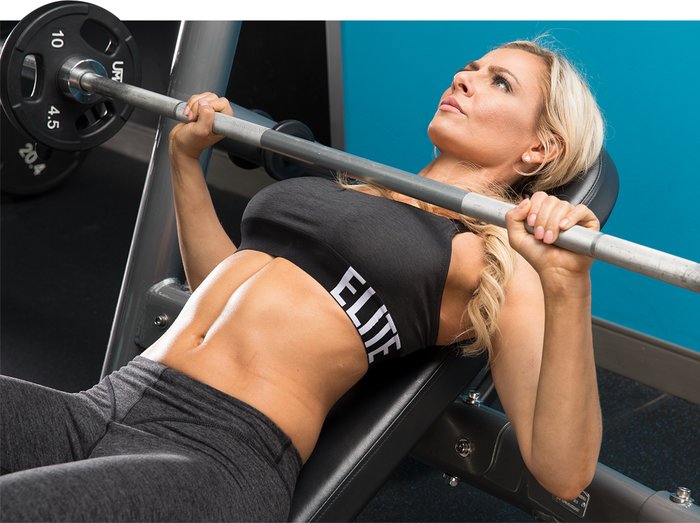
Adding chest workouts back into your plan not only helps you avoid muscular imbalances, but it can help you build better shoulders and more defined triceps. Next time you put on that little black dress, check out your defined shoulders and sexy arms. You'll soon agree that chest day is a girl's best friend!
To add chest to your training program, try pairing it with multiple smaller muscle groups. Some effective training splits including small amounts of chest training are chest/biceps/triceps, chest/shoulders/triceps, and chest/triceps/abs.
Train Glutes for Better Sweeps
By now, most guys have figured out not to skip leg day, lest they be ridiculed for having chicken legs. But where ladies tend to focus on their booty, men often emphasize quad-heavy programs while chasing the perfect sweep.
The next step in the evolution of bro splits is simple: Don't skip glutes!
Regardless of how suggestive hip thrusts or other glute exercises may look (the Rock even made a joke about this) there are benefits to glute-specific training.
Not only will glute training help prevent muscular imbalances, it will help you achieve a stronger squat with better form, since your glutes act as both primary movers and stabilizers during the squat motion.
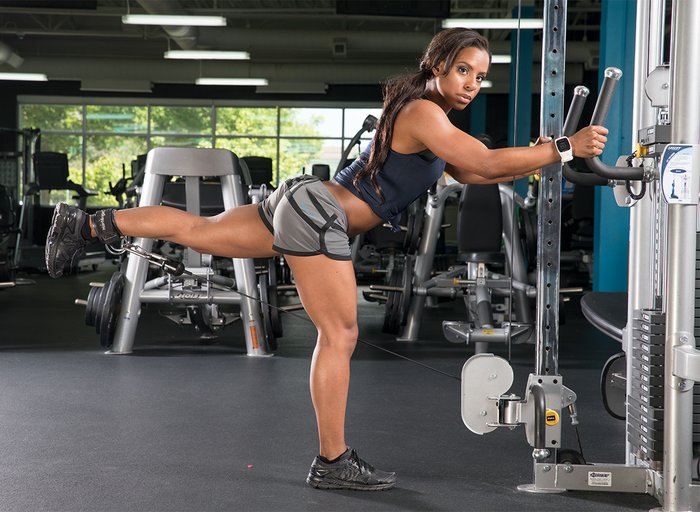
On your leg days, try including barbell hip thrusts and some hip abductor work with either cable side-kicks or the hip abductor machine. Hip thrusts primarily work the gluteus maximus and develop strength and power, while the abductor work targets the smaller gluteus medius and gluteus minimus, both of which act as stabilizers during heavy lifts.
Avoid Pattern Overload
If you're training for aesthetics alone, you probably have a specific set of exercises you perform in a specific order to target a specific muscle.
This constant repetition—known as pattern overload—places unusual stress on the body and can often result in muscular imbalances. Left uncorrected, this can lead to injury. Baseball pitchers, for example, perform the same throwing motion hundreds of times, season after season, which is why these athletes often suffer rotator cuff injuries.
Now imagine how many times you've done the same movement, over and over, trying to work on that one lagging body part. If you're not careful, this repetitive motion over a prolonged period of time could lead to injury.
Add Variety to Your Training Program
To avoid overtraining injuries, add variety to your program by changing the volume of your exercises, switching the planes of motion you train in, and shuffling the order of your favorite lifts.
Vary your training volume by building phases into your program. For example, you can increase the number of sets each week while decreasing the number of repetitions per set—or decrease the sets and weight while increasing the number of repetitions.
Multi-planar training can help you avoid injury by balancing muscle strength and giving you better total-body performance. You can select different exercises or switch to multi-planar variations of your favorites.
For example, if you like using box jumps as a high-intensity interval exercise, add a rotation to create a different plane of movement. To do this, start by standing with your side next to the box. As you jump, rotate your body 90 degrees toward the box before landing.
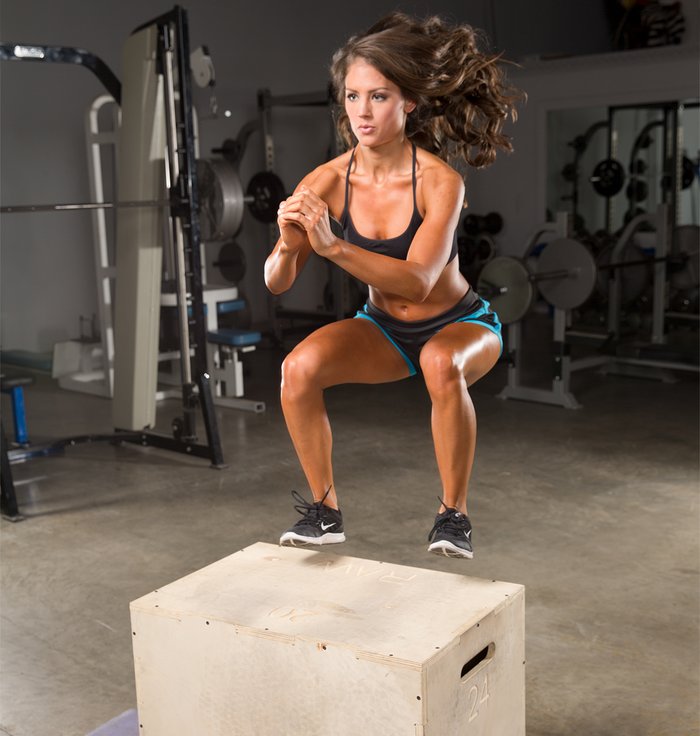
Switching the order of exercises in your program or trying new muscle group combinations in your weekly split are two of the easiest ways to prevent burnout and add variety to your workout routine.
If you normally start leg day with the leg press, try moving this exercise to the end of your workout. Or if you always train back with biceps, mix it up by pairing back and shoulders, or train opposing muscle groups by working back and chest.
Creating variety in your program does not mean you have to sacrifice aesthetic results. If anything, making changes to the volume, type, and order of your exercises can help you overcome plateaus, and mixing up your workout could be exactly what you need to stay focused, enjoy your training, and continue to improve long after you step off the stage.
